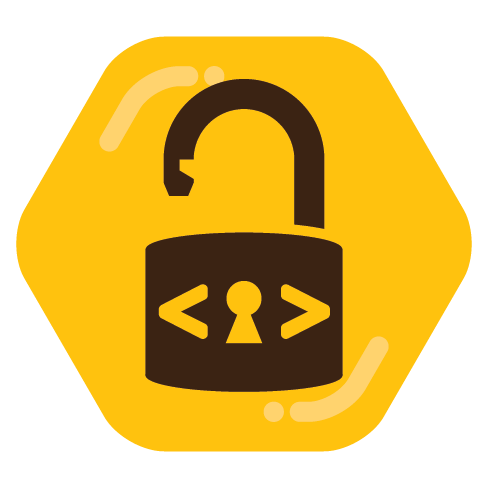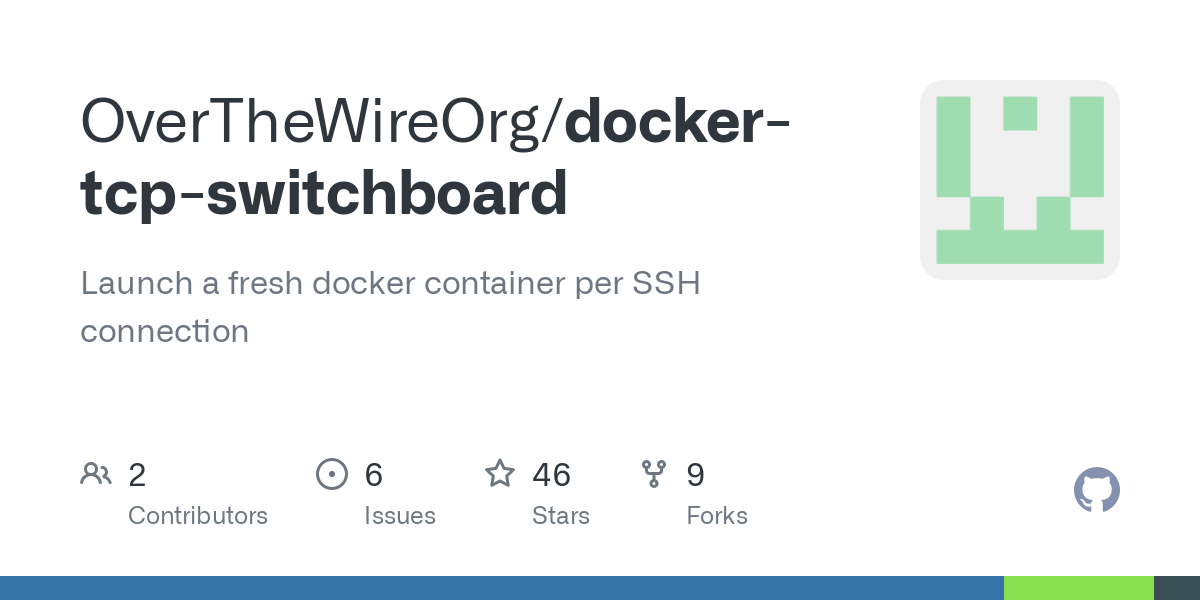

So based on what you’ve said in the comments, I am guessing you are managing all your users with Nixos, in the Nixos config, and want to share these users to other services?
Yeah, I don’t even know sharing Unix users is possible. EDIT: It seems to be based on comments below.
But what I do know is possible, is for Unix/Linux to get it’s users from LDAP. Even sudo is able to read from LDAP, and use LDAP groups to authorize users as being able to sudo.
Setting these up on Nixos is trivial. You can use the users.ldap set of options on Nixos to configure authentication against an external LDAP user. Then, you can configure sudo
After all of that, you could declaratively configure an LDAP server using Nixos, including setting up users. For example, it looks like you can configure users and groups fro the kanidm ldap server
Or you could have a config file for the openldap server
RE: Manage auth at the reverse proxy: If you use Authentik as your LDAP server, it can reverse proxy services and auth users at that step. A common setup I’ve seen is to run another reverse proxy in front of authentik, and then just point that reverse proxy at authentik, and then use authentik to reverse proxy just the services you want behind a login page.







Because forgejo’s ssh isn’t for a normal ssh service, but rather so that users can access git over ssh.
Now technically, a bastion should work, but it’s not really what people want when they are trying to set up git over ssh. Since git/ssh is a service, rather than an administrative tool, why shouldn’t it be configured within the other tools used for exposes services? (Reverse proxy/caddy).
And in addition to that, people most probably want git/ssh to be available publicly, which a bastion host doesn’t do.